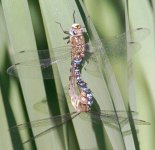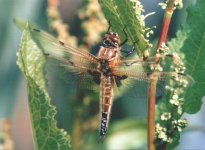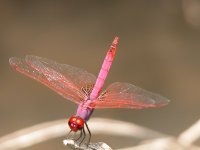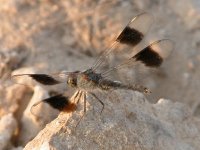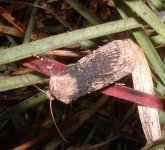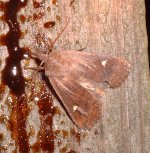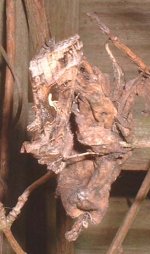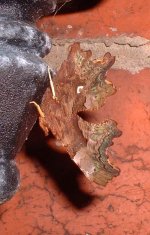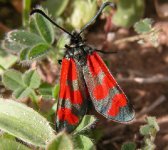Mikah Denzil
Mikah
Hi
I would be really grateful for any help I could get from bird forum users.
I would like to start photographing dragonflies this year - I have a Nikon Coolpix 4300 and a 3x tele-c lens.
What advice would anyone have on which mode -ie manual or auto settings. Is it adviseable to use a cable release or a tripod.
Thanks very much
Mikah
I would be really grateful for any help I could get from bird forum users.
I would like to start photographing dragonflies this year - I have a Nikon Coolpix 4300 and a 3x tele-c lens.
What advice would anyone have on which mode -ie manual or auto settings. Is it adviseable to use a cable release or a tripod.
Thanks very much
Mikah




